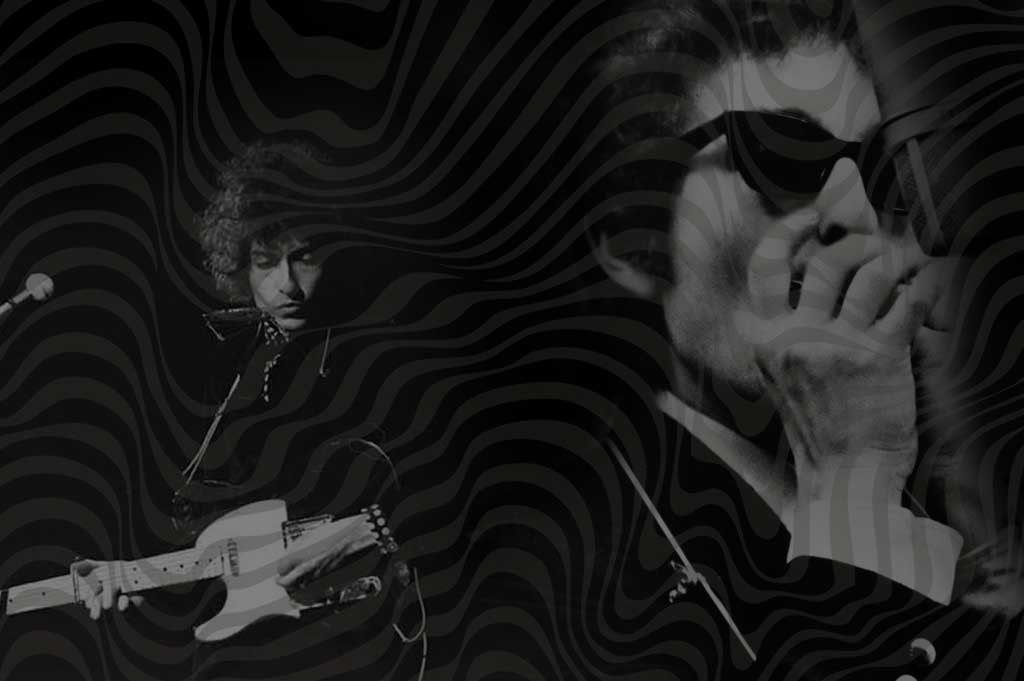Bruce Springsteen knows that there’s real magic in great rock & roll performances. In a recent interview on The Late Show with Stephen Colbert, Bruce Springsteen spoke about the magic that he creates on stage every night. He calls it his “magic trick.” He explains in this clip (starting at 5:00) that he’s there to manifest something between himself and the audience. Something that didn’t exist before. His job is to assist in creating that magic – and, “hopefully on a good night there will be a little transcendence.” Just like in great shamanic performances, everyone is transformed. And, that’s real magic.















